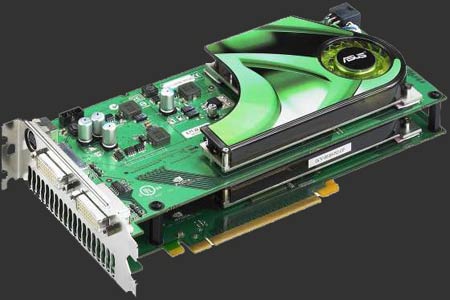Gamers take note: Windows 7 includes a new version of DirectX, the software behind the eye-popping 3-D visuals and immersive sound effects found in many of today's PC games.
DirectX 11 includes numerous improvements. It's designed to be more efficient, leverage the power of today's multi-core processors, and provide support for sophisticated shading and texturing techniques such as tessellation. The result: smoother 3-D animation, and graphics more lifelike and nuanced than ever before.

















